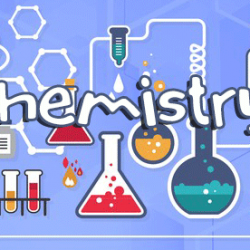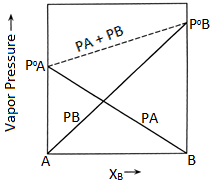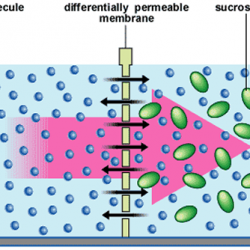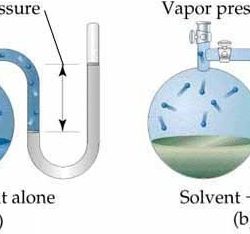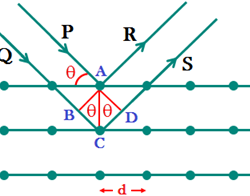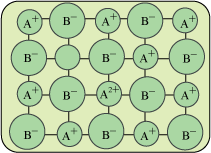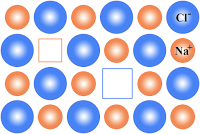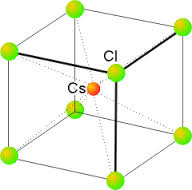Electrode Potential and Standard Electrode Potentials
ELECTRODE POTENTIAL AND STANDARD ELECTRODE POTENTIALS Electrons will flow from the electrode of higher negative charge density to the electrode with lower negative electric charge density. A property closely related to the density of negative electric charge is called the electrode potential. Potential difference between the metal and metal ion in which electrode is Read more about Electrode Potential and Standard Electrode Potentials[…]

